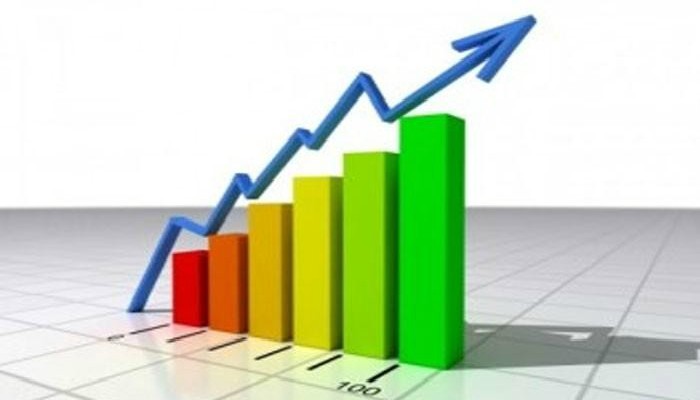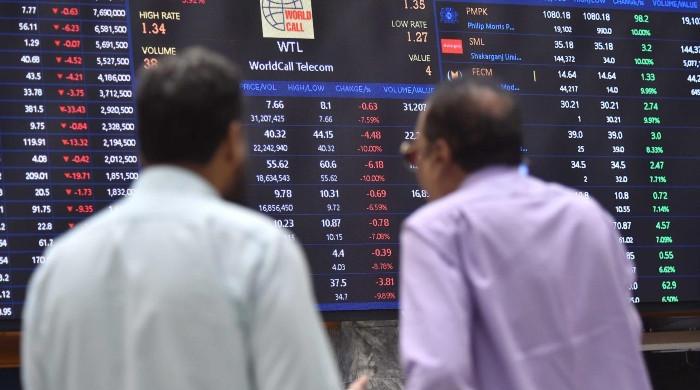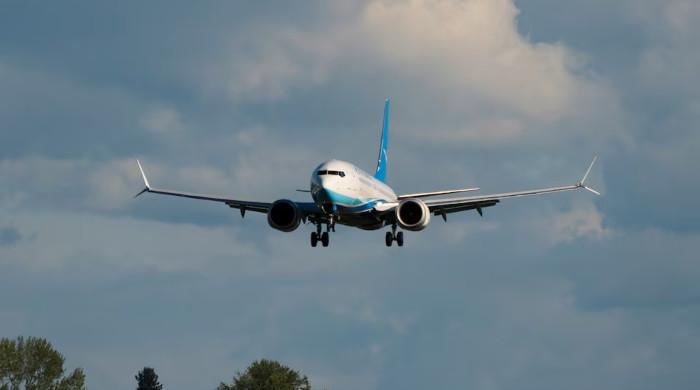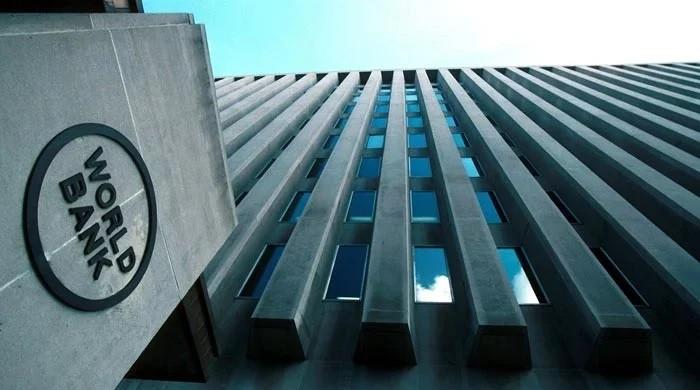World Bank predicts Pakistan’s GDP growth at 5.5% for 2017-2018
Exports are also expected to show recovery with rising investment, the report by World Bank stated
January 10, 2018

Pakistan is expected to see a 5.5% GDP growth driven by robust domestic consumption, the World Bank said in its twice-yearly global economic report on Tuesday.
The domestic demand was supported by strong credit growth and investment, while recovery was also witnessed in agricultural production on return of normal monsoon rains.
Exports are also expected to show recovery with rising investment, the report stated.
The country’s construction and services sector recorded a strong activity.
The uptick in economic growth will average 5.9% in the coming years, the report said.
Outlining the hiccups in the way of growth, the World Bank said that fiscal slippages are the main risk for the economy, and are expected owing to elections and weak tax revenues.
Emerging markets set to drive 2018 global growth: WB
The global economy is set to expand by 3.1 percent in 2018, slightly up from 3 percent last year and marking the first year since the 2008 Great Recession that it will near or achieve full growth potential, the World Bank report said.
In an update of its twice-yearly economic report, the World Bank however warned that the economic upswing this year was temporary unless governments adopted policies that would focus on increasing workforce participation.
The pace of world growth was expected to moderate to 3 percent in 2019 and 2.9 percent in 2020, it said.
Most of the growth will be driven by emerging economies, in particular commodity exporters, with growth rates for the group as a whole rising to around 4.5 percent in 2018 and an average of 4.7 percent in 2019 and 2020, the Bank said.
By contrast, growth in developed economies is projected to slow to 2.2 percent in 2018, from 2.3 percent last year, as central banks gradually remove their post-crisis accommodation and investment levels off.
“Over the longer term, slowing potential growth - a measure of how fast an economy can expand when labor and capital are fully employed - puts at risk gains in improving living standards and reducing poverty around the world,” the Bank said in its January 2018 Global Economic Prospects.
The fastest-growing region in the world, according to the World Bank, is East Asia and the Pacific with China’s economy expected to grow at a 6.4 percent clip this year before slowing to 6.3 percent next year.
In India, GDP growth is expected to reach 7.3 percent in 2018 before strengthening slightly in 2019/2020 to 7.5 percent, the World Bank projected.
In poorer countries in Africa, Latin America, the Middle East and Asia, economic growth is expected to expand to 5.4 percent in 2018 as commodity prices firm but not as much as previously expected.
Growth in Sub-Saharan Africa is forecast to reach 3.2 percent this year and 3.5 percent in 2019, the Bank said.
Ghana is the fastest-growing economy in Africa with gross domestic product growth seen reaching 8.3 percent in 2018, followed by Ethiopia at 8.2 percent.
In Latin America, the strongest growth is expected to come from Panama at a clip of 5.6 percent, while Venezuela’s economy is expected to contract 4.2 percent in 2018.
The Bank projected that global oil prices would average $58 a barrel in 2018, edging up to $59 per barrel in 2019.












